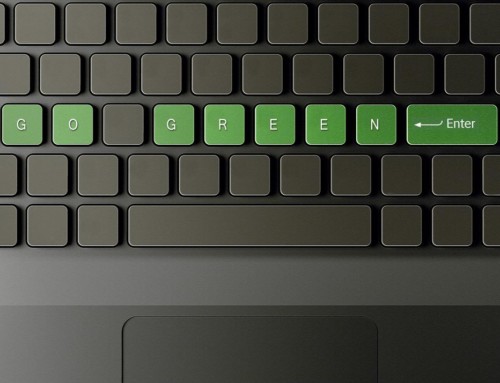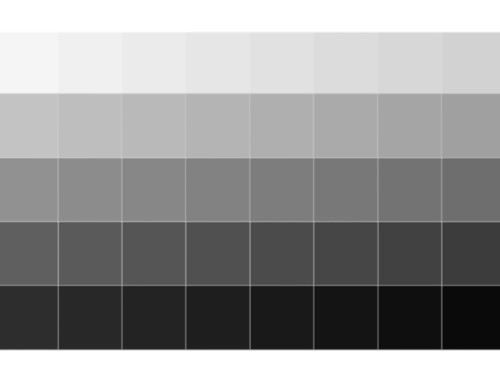Endcaps are the most visible and interactive displays in a retail store. Customers routinely get up close and personal with them, which creates all sorts of opportunities – and risks. As such, it’s important to have an idea of how to best leverage endcaps so they work best. Here are a few things to consider:
Shape
Will your endcap conform completely to existing shelving, or will elements stick out into the aisles? A display that protrudes out slightly may draw the customers attention as they navigate around the store, but it’s important that the display doesn’t become a hindrance. Exploring shapes beyond the typical rectangle box also will draw additional eyes.
That said, a more creative shape creates visual interest and attracts people to the end cap. Use this idea to your advantage, but make sure customers can safely move around the display.
Location
While location choice is usually in the retailer’s control, designing the endcap to gauge interest from far away and up close is a great sell strategy. This can be done by adding height, bright colors, backlit graphics and large text to draw attention from the customers standing afar.
The same display can also be designed for tight spaces using motion activation, products on the shelf and great images showcasing how the product works.
Material
End cap displays are premier locations within a store, as they see higher traffic than other areas. Investing a little bit more into the quality construction and style can help drive additional sales and improve the look of the store and brand as well.
Choosing to design the display using quality materials like styrene, metals, woods, Komatex / Sintra, acrylic or PETG can provide a long lasting durable option. As many customers will touch the display, it’s best to stay away from cardboard and paper structures as they can be dented, torn and easily damaged.
Also, the finished look should be considered when choosing a material to build your display out of. Cardboard, cardstock, Coroplast and foamboards often times have unsightly side profiles that are often exposed for the customer to see. If you’re designing a high-end display, a cheaper substrate can result in a low-end look. A great way to grab attention is to use back lighting of clear substrates like acrylic or PETG to illuminate a logo or graphic image.
Time
How long will your endcap be displayed – a few weeks? A month or longer? The time span factors in to the material you’ll use. Temporary displays which are usually made of cardboard and paper products are designed to be in stores for only a couple weeks. They are great for trying new sales concepts, product placements in a store or shipping products pre-stocked.
The design of a longer-term display requires a long-term outlook which includes a sturdy base, quality hardware or fixtures and higher quality materials that will be more durable.
Structure
How will your endcap display be constructed? Will you need to die cut tabs and slots that hide connection points so the panels fit flush together, or will you attach each side with exposed hardware? Both options have their upsides. A modern, level construction appears clean and even sleek, which is great for displaying products like household accessories, personal grooming items, cookware and things of a similar nature. On the other hand, exposed hardware conveys a rugged sturdiness, which can be interesting when showing off products like power tools, outdoor equipment, car accessories, home improvement products and other items that require a DIY attitude or elbow grease.
The style of a display can vary greatly depending on the product being sold and the retail environment it’s in. These concepts are just a few to consider when designing your next eye-catching end-cap display.



